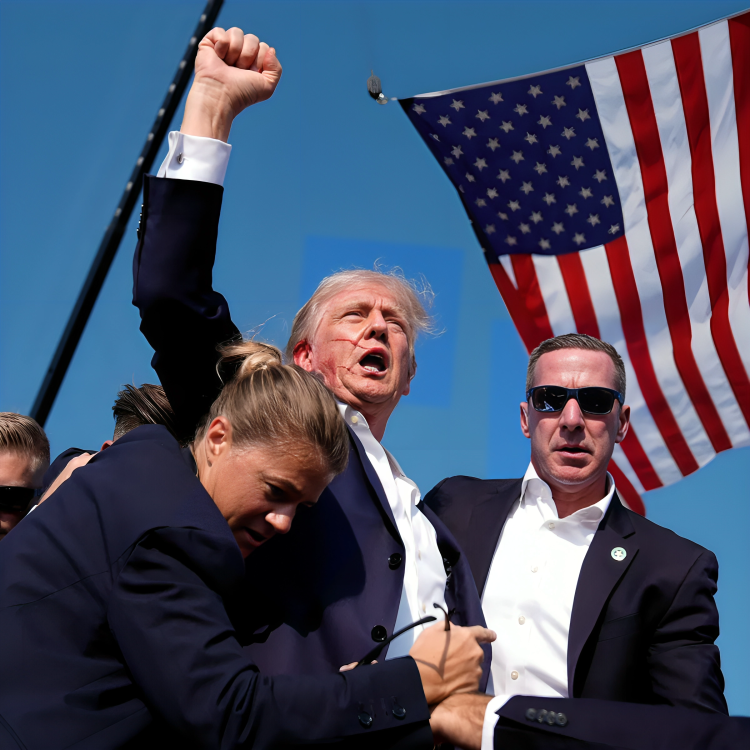Donald Trump wins the 2024 U.S. Presidential election, returning to the White House
)
Trump is now the confirmed winner of the 2024 U.S. presidential election.
In the early hours of Wednesday, 6 November 2024, Trump addressed supporters to announce his victory. Projections indicated he had won critical battleground states, including Pennsylvania, North Carolina, and Georgia. Shortly after his speech, the Associated Press called Wisconsin in his favour, sealing his path to the presidency.
“We made history for a reason tonight, and that reason is overcoming obstacles no one thought possible,” he stated, describing his win as “the most incredible political achievement.”
With victories across these key states, Trump’s success became clear.
“It’s real!” an excited young supporter shouted, rushing to the front of the crowd to high-five friends and strangers.

Trump was joined on stage by family members, including daughter Ivanka and son-in-law Jared Kushner, who had largely stayed out of the public eye during the campaign, along with close aides and enthusiastic supporters. He expressed his gratitude to his base and promised a new era of prosperity for the country.
Polling stations nationwide closed on 5 November, with election officials reporting a largely smooth process. To secure the presidency, a candidate must achieve at least 270 Electoral College votes.
Kamala Harris, the Democratic candidate, has yet to concede, leaving the next steps from her campaign uncertain as Trump’s team celebrates his victory and begins preparations for his second term.
)
)
)
)
)